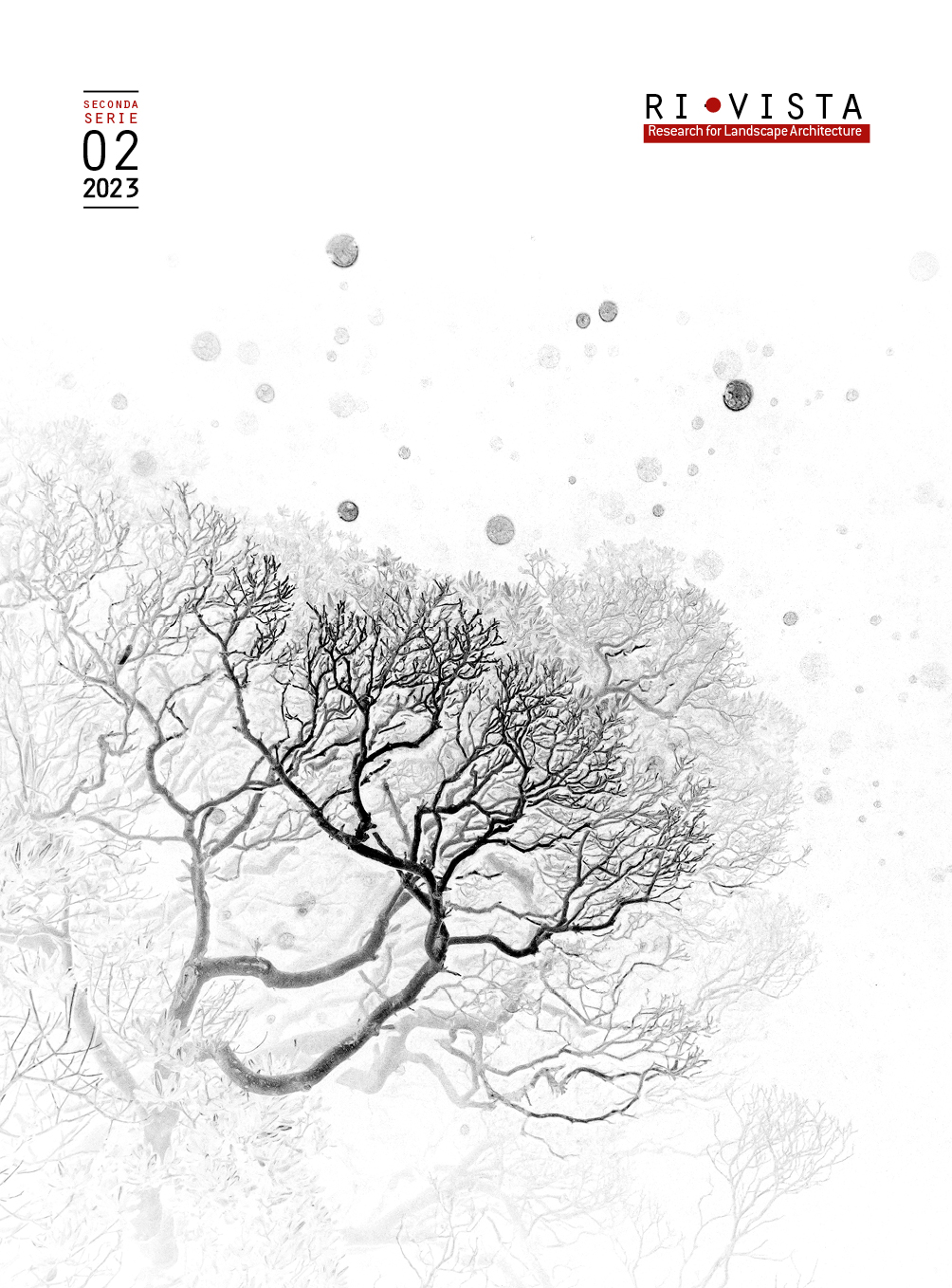Published 2024-05-27
Keywords
- Biophilia Hypothesis,
- Biophilic Design,
- Evolutionary adaptation,
- Connectedness to Nature ,
- Neolithic
- Industrial Revolution ...More
How to Cite
Copyright (c) 2024 Giuseppe Barbiero

This work is licensed under a Creative Commons Attribution 4.0 International License.
Abstract
Biophilic Design is a design system based on Kellert and Wilson's Biophilia Hypothesis. Biophilia is literally ‘love for life’ – a feeling distinguished by the fascination evoked in human beings for Nature provoked by contact with Nature and by the affiliation that human beings establish with Nature. Biophilia is an evolutionary adaptation consisting of a set of innate learning rules that shape a spectrum of emotions, ranging from biophilia to biophobia. Two exaptations have been recognised in Biophilia, which occurred due to two moments of rupture of humankind from Nature: the first occurred in the Neolithic Age, the second with the Industrial Revolution which led to most humans becoming urbanized, disconnecting them from Nature. Designers following the principles of Biophilic Design seek to reconnect humans to Nature using our knowledge of biophilia as a guide for the design of artificial environments. Today, Biophilic Design is called to move away from empiricism, and instead implement the experimental tests of the Biophilia Hypothesis.





